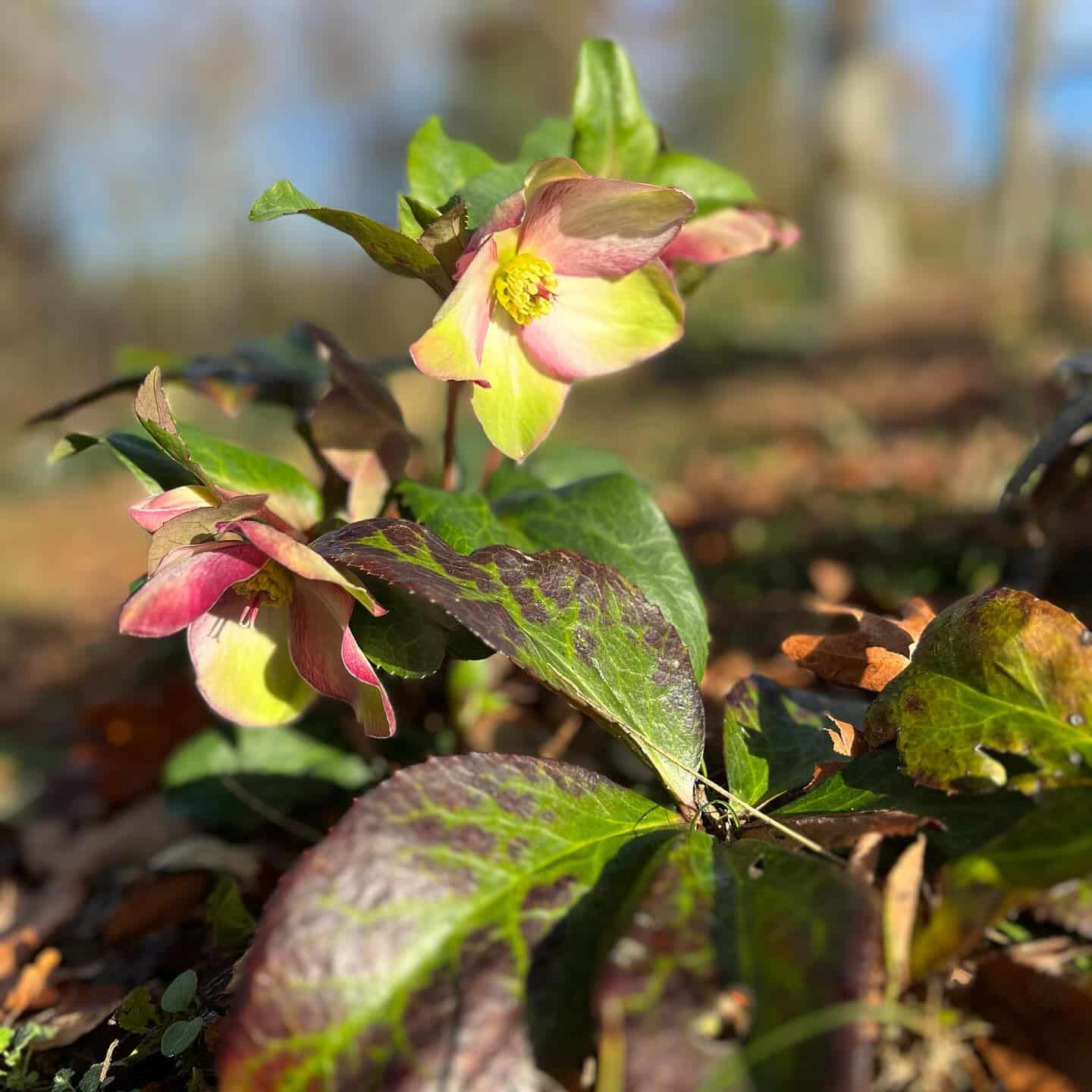While other plants are getting their charming blooms in summer, Hellebores stop the flowering and further growth completely.
Although Hellebores need less intensive care during dormancy you must take appropriate steps to encourage the blooms for the upcoming season.
So go through this entire article to know the necessary steps to care for Hellebores during summer to maintain their overall health.
Table of Contents Show
Do Hellebores Go Dormant In Summer?
Unlike other plants, which go through their growing season in summer, it’s time for Hellevores to go dormant. Going dormant in summer helps them to conserve energy for the next growing season.
Additionally, the leaves of the plant start to fall or fade in color and sometimes start drooping. Due to this, the plant looks less vibrant.

However, a healthy dormant Hellebore still has green leaves even if they fade. Also, the stems are also firm and full of life. The soil is also moist but not soggy.
So, after summer ends and the temperature starts cooling, this plant awakens and starts new growth from the base of the plant. The growth is followed by budding and flowering.
What To Do With Hellebores In Summer?
Going dormant during summer has many advantages for Hellebores. The plant can focus on its root growth and spreading efficiently after going dormant.
Moreover, dormancy during summer also protects the plant from excessive heat and lack of moisture as it uses very little water.
- Reduce watering the plant and only hydrate it when the soil becomes 2 inches dry. Overwatering can cause soggy soil and root rot.
- Mulching around the base of Hellebores helps to retain moisture and regulate the temperature.
- Deadheading the spent flowers can enhance the plant’s appearance and help in producing new blooms next season.
- Stop fertilizing the plant as unnecessary feeding can stress the plant.
- Place the plant in partial or full shade. Direct sunlight for too long can be harmful for dormant Hellebores.
- Never repot Hellebore during dormancy repotting can kill the plant.
How Do You Prune Hellebores In Summer?
You need to prune Hellebores in a minimal amount as heavy pruning can harm the plant. In some cases, the plant may never recover.
Moreover, Hellebores become weak and more sensitive to damage during dormancy. So it’s important to use sterilized pruners before trimming the plant.
- Inspect the plant’s dead and dying leaves, old seedheads, and spent flowers to know how much it needs trimming.
- Remove the spent flowers and dead leaves carefully without damaging other parts of the plant.
- If the stems are getting too long or leggy, cut them back about 6-8 inches for a tidy look.
- If you trim the plant heavily, it will never return back next year. So cut back minimal parts only.
- After you finish snipping the plant’s unwanted parts, dispose them properly for composting.
However, trimming the plant in late winter or early spring is beneficial as it is the time to produce new buds and flowers.
From Editorial Team
Additional Tips on Pruning Hellebores!
If you are a beginner and do not know how much to prune Hellebores, it’s better to skip trimming during summer and wait for the appropriate timing.
Additionally, you must never damage the main branches or stem. Also, do not cut back healthy leaves and stems as it can minimize the energy of the plant and hinder its growth.
